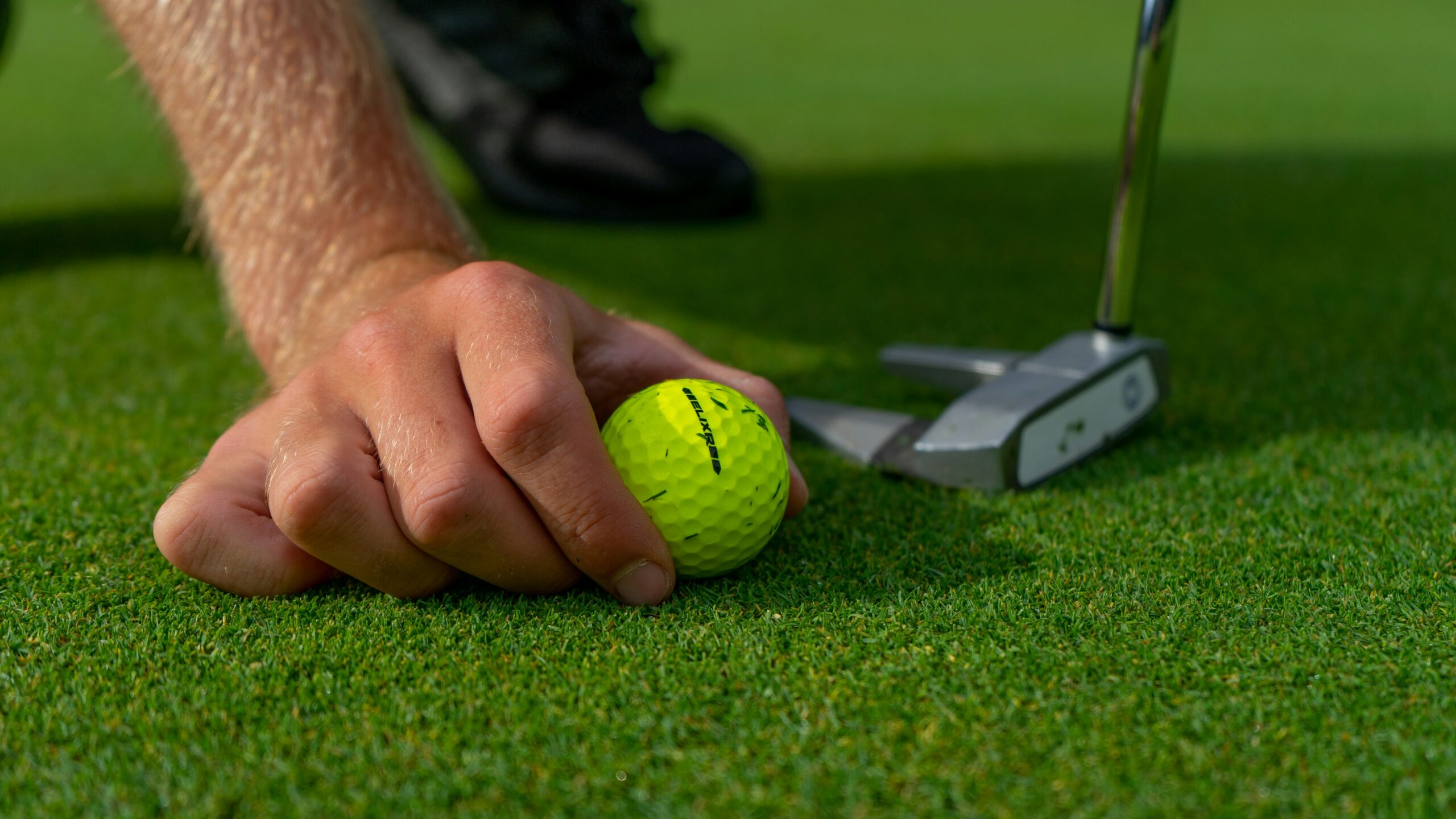
Disc golf might look simple at first glance—throw the disc and aim for the basket. But anyone who has played a few rounds knows there’s a lot more going on. Small adjustments in grip, stance, and release can completely change the flight path. The good news? You don’t need to be a pro to see significant improvements. With the right approach, you can upgrade your throwing techniques and enjoy the game even more.
Start with a Grip That Feels Natural
Many beginners overthink how they hold the disc, trying to mimic professional grips they see online. But the key is comfort and consistency. Most players use a power grip for backhand throws—fingers tucked under the rim and the thumb pressing on top. If that feels awkward, try the fan grip where fingers spread out for more control. The proper grip should feel secure without straining your hand. Test different grips during practice rounds until you find one that balances power and accuracy.
Build a Stance That Works for You
Your stance sets the foundation for every throw. If you’re throwing backhand, start with your feet shoulder-width apart and staggered slightly. This helps you generate torque without losing balance. For forehand throws, angle your lead foot toward the target to keep your hips open. Some players prefer a compact standstill throw, while others like using an “X-step” run-up for added distance. Try both in a field session and see which feels more natural for your body type and play style.
Focus on Smooth Footwork, Not Speed
It’s easy to think that running faster before your throw will send the disc farther. In reality, rushed footwork usually leads to wild throws. Instead, think of your steps as part of a rhythm. The popular X-step works because it creates a smooth transfer of energy from your back foot to your front foot. Imagine a dancer gliding across the floor—fluid and controlled. You’ll notice the disc launching with less effort when your timing feels right.
Use Your Hips to Unlock Power
One of the most significant differences between casual players and experienced throwers is how they use their hips. Power doesn’t come from just your arm—it comes from the whole body working together. As you step into your throw, rotate your hips forward while keeping your shoulders back. This “coil and release” motion stores energy like a spring. When you finally release the disc, the stored energy drives it forward with surprising force. A good way to practice this is by throwing with your arm relaxed, focusing only on the hip rotation.
Keep Your Release Point Consistent
Throwing high, low, or off to the side can all happen because of inconsistent release points. Pick a release angle—flat, hyzer (angled downward), or anhyzer (angled upward)—and practice hitting it over and over. It’s like shooting free throws in basketball: repetition builds muscle memory. For beginners, a flat release is usually easiest to control. Once you’re confident, experiment with hyzers and anhyzers to shape your throws around obstacles.
Follow Through Like You Mean It
Stopping your motion the second the disc leaves your hand is a common mistake. A strong follow-through not only protects your shoulder but also improves accuracy. Imagine pointing your throwing hand toward the basket as your body naturally rotates. This extension keeps the disc on its intended line. Watch professional players—most of them finish their throw with their back leg swinging around, weight fully shifted forward, and their arm extended. That’s not just for style—it’s mechanics at work.
Practice with a Purpose
Heading to a course without a plan is fun, but it won’t always make you better. Set aside time for focused practice in an open field. Pick one skill at a time: maybe you spend 20 minutes on smooth releases, then another 20 on approach shots. Keep a few extra discs handy so you can throw multiple times before walking to retrieve them. This repetitive practice accelerates progress. To track your growth, set simple challenges—like hitting a target zone five times in a row. It keeps practice engaging and rewarding.
Learn from Others, Then Make It Your Own
Disc golf has a welcoming community, and most players are happy to share tips. Watch how more experienced players throw, ask questions, and try out what you see. But don’t feel pressured to copy everything. Everyone’s body mechanics are different. What works for a tall, athletic player may not work for someone with a shorter build or limited mobility. Borrow what makes sense and adapt it to your style. Over time, you’ll develop a throw that feels uniquely yours.
Wrapping It Up
Improving your disc golf throw isn’t about chasing perfection—it’s about finding small tweaks that add up over time. A secure grip, smooth stance, mindful hip rotation, and consistent release can transform your game. With intentional practice and a willingness to learn from others, you’ll notice the disc flying straighter, farther, and with more control. The next time you step onto the course, you’ll not only feel more confident but also enjoy watching your progress take shape—one throw at a time.